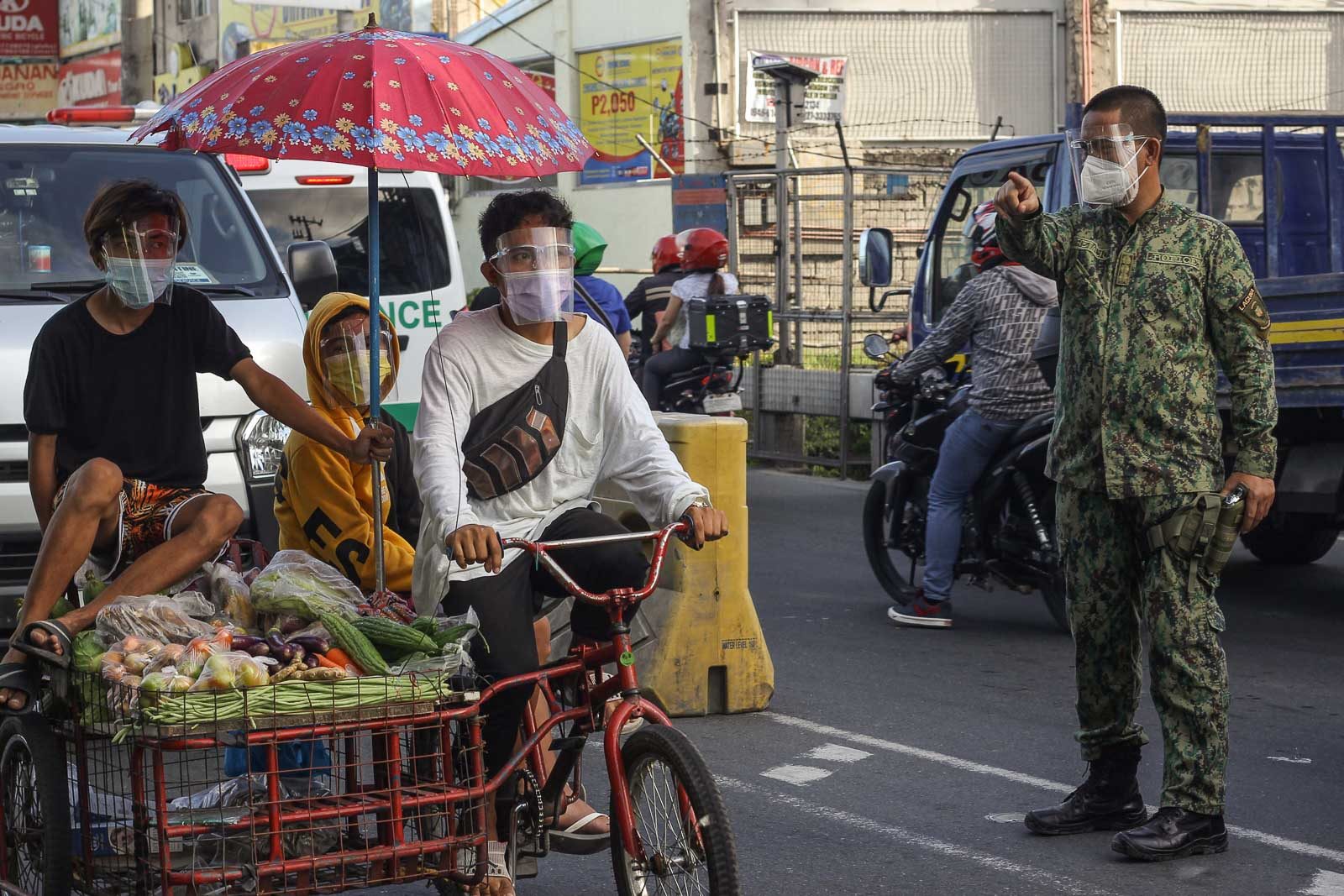SUMMARY
This is AI generated summarization, which may have errors. For context, always refer to the full article.

The Philippines’ capital region and nearby provinces going into another strict lockdown due to rising COVID-19 cases may cost the country’s credit rating, Moody’s Investors Service said.
“[The] spike in coronavirus infections delays economic recovery, a credit negative,” Moody’s said in a research note on Monday, March 29.
The debt watcher noted that the enhanced community quarantine in Metro Manila, Bulacan, Rizal, Laguna, and Cavite will “weigh on prospects for fiscal consolidation and exacerbate social risks.”
Moody’s also said that the current lockdown, while “more forgiving” than the quarantine imposed in 2020, is a stark contrast compared to easing restrictions in the Southeast Asian region.
It warned that the lockdown is unlikely to improve infection rates and effectively threatens its 7% growth forecast for 2021.
“Because the Philippines had the deepest contraction among large, developing ASEAN economies last year, its inability to contain the spread of coronavirus slows the return of aggregate output to its 2019 peak: nominal GDP (gross domestic product) in 2020 amounted to P18 trillion ($362.9 billion), 7.9% lower than P19.5 trillion ($377.1 billion) in 2019,” Moody’s said.
Why this matters
The Philippines’ Baa2 stable rating allows the government and private institutions to borrow at a lower cost, making financing and raising funds cheaper and easier. (READ: EXPLAINER: What’s in it for us if the PH has good credit ratings?)
A downgrade would raise interest rates, at a time when the Philippine government needs cash to fund the pandemic’s rising costs.
President Rodrigo Duterte’s economic team has kept spending conservative and avoided a massive P1-trillion fiscal stimulus package, effectively keeping debt levels low.
While a low debt level assures lenders that the country is able to manage and pay off its loans, experts slammed this strategy as conservative spending limits the aid given to ailing businesses and households. It also does not provide enough stimulus to quickly rev up the economy.
In 2020, government debt rose sharply to 54.5% of GDP from 39.6% in 2019. The current level is still “manageable,” according to multilateral lenders.
CREATE’s impact
As the Philippines faces a warning over a possible credit rating downgrade, the government is also likely to see lower revenues due to the recent passage of the Corporate Recovery and Tax Incentives for Enterprises (CREATE) law.
With CREATE, corporate income tax in the country, which stood at 30%, was lowered to 25% for large corporations and 20% for small businesses.
The passage of the law also comes as the budget calls for a 10% growth in spending.
Moody’s said CREATE is likely to worsen tax collections in the near term, at a time when the economy seems unlikely to bounce back to 2019 levels.
But the debt watcher noted that the law, which also introduces limits to tax incentives, will expand the tax base over the long run. – Rappler.com
Add a comment
How does this make you feel?
There are no comments yet. Add your comment to start the conversation.